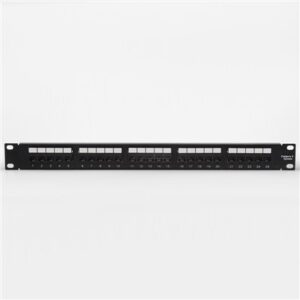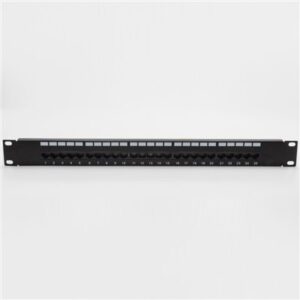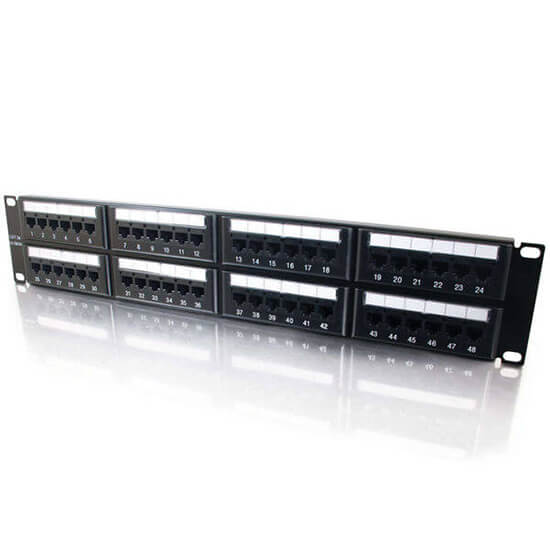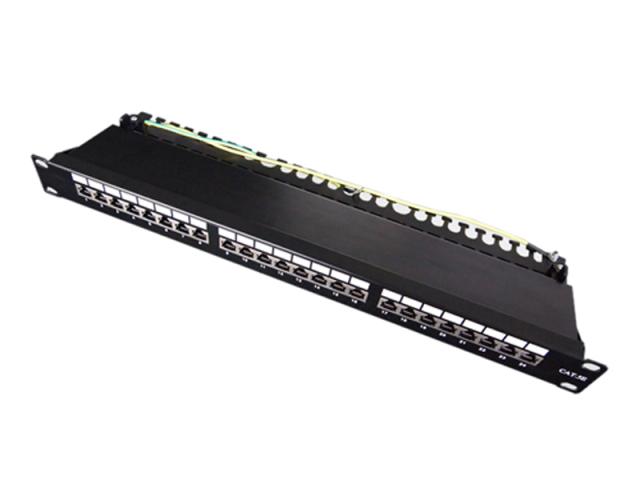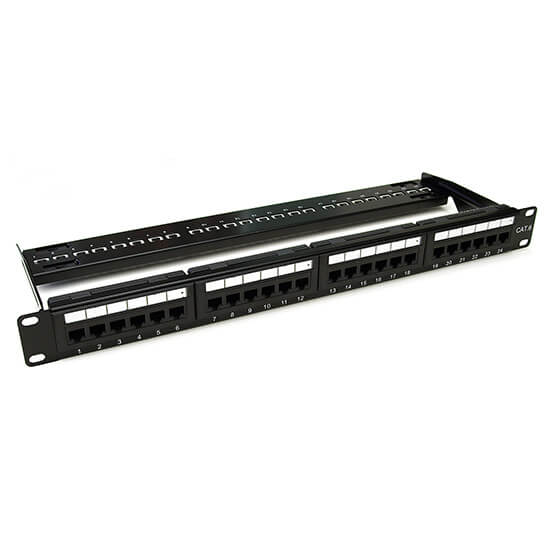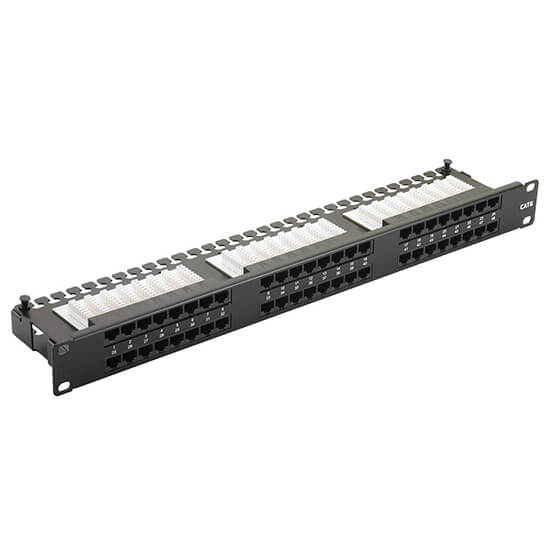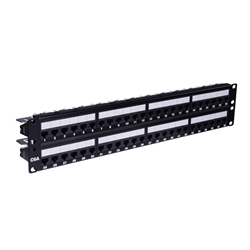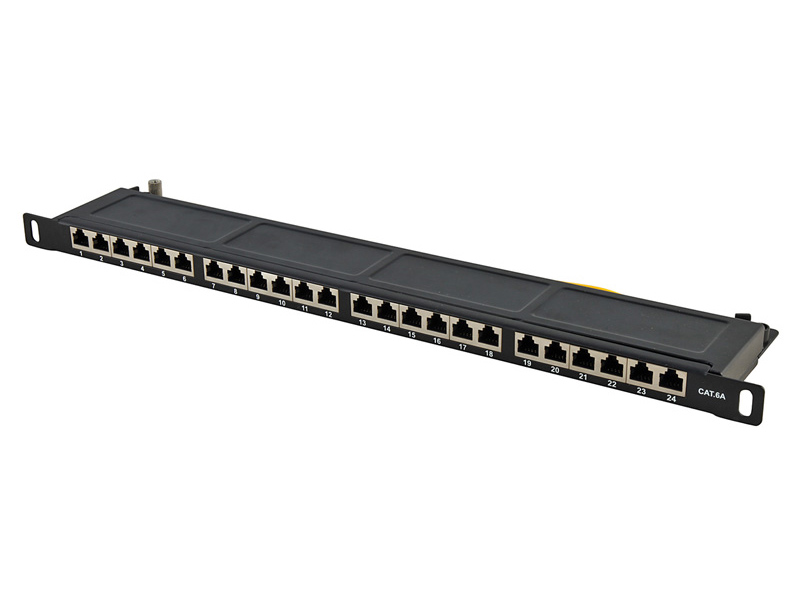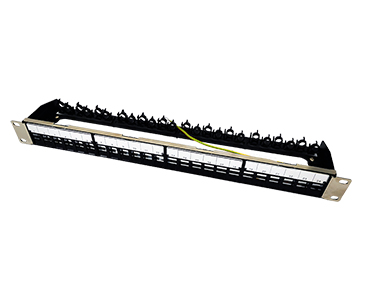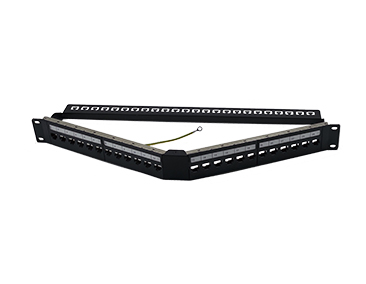Professional Patch Panel Manufacturer in China
IDC/Blank/Feed-through Patch Panels are available at LHDE. Half U, 1U, 2U, 4U, and high-density IDC Patch Panel .
RJ45 Patch Panel And Cable Management
LHDE manufacture IDC and Blank Patch Panels, one is with IDC modular; another is with empty port. Users can choose IDC modular panel or empty panel with keystone jack according to different conditions,included V type, flat type patch panel, and also with 0.5U, 1U, 2U, and 4U 24 port or 48 port for options.UTP&FTP 180 degree Keystone Jacks can fit well as each of your needs for blank Patch Panel. All products are compliant by REACH and RoHS.
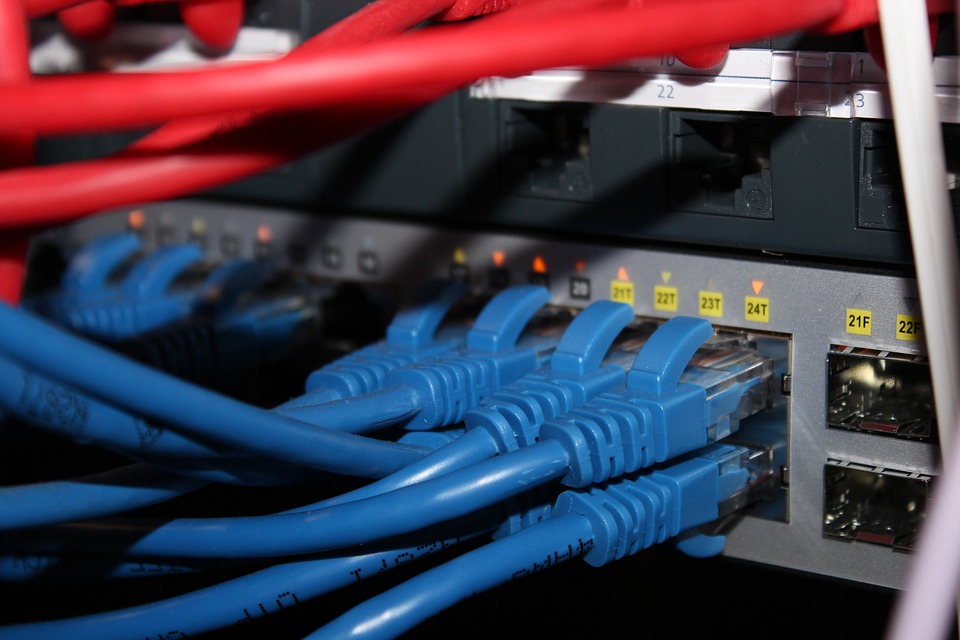

What is a patch panel?
A network patch panel is a device used in computer networking to connect and organize cables. It consists of a metal panel with a series of ports or jacks reserved for RJ45 connectors or other connectors. Patch cables terminated with RJ45 connectors are connected to the patch panel ports and then to ports in network switches. This allows for easy changes or additions to the network without having to re-run cables. The port setup is usually made permanent by IT professionals to avoid disruptions caused by moving, adding, or changing connections. Patch panels are commonly seen in server rooms and computer network systems for LAN wiring, but can also be used as cable management equipment in various settings such as recording stations, audio and video (AV) rooms, and radio and television rooms. Patch panels are often installed in network racks situated above or below switches.
Types of Patch Panel
Ethernet Patch Panel: Ethernet patch panels, also known as RJ45 patch panels, are designed to manage Ethernet connections. They have RJ45 ports that allow easy connection and disconnection of Ethernet cables.
Fiber Optic Patch Panel: Fiber optic patch panels are used to manage fiber optic connections. They have fiber optic ports that allow easy connection and disconnection of fiber optic cables.
Coaxial Patch Panel: Coaxial patch panels are used in cable TV and satellite TV installations. They have coaxial ports that allow easy connection and disconnection of coaxial cables.
Audio/Video Patch Panel: Audio/video patch panels are used in professional audio and video installations. They have ports for connecting various audio and video cables, such as HDMI, VGA, and RCA cables.
Blank Patch Panel: Blank patch panels are used to fill empty slots in a rack or enclosure. They have no ports and are used to maintain a neat and organized appearance.
Modular Patch Panel: Modular patch panels are designed to be customizable. They have interchangeable modules that can be easily swapped out to support different types of cabling.
Shielded Patch Panel: Shielded patch panels are designed to reduce electromagnetic interference (EMI) and crosstalk. They have shielding to protect against external sources of interference.
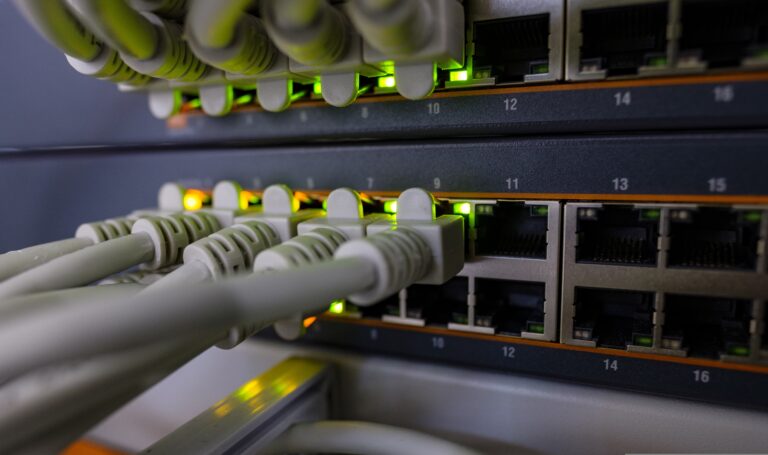
Ethernet Patch Panel
Ethernet patch panel, also named copper patch panel, is commonly used in Local Area Network (LAN) applications. Different types of Ethernet patch panels can be found on the market and you can choose one according to your own needs.
By Ethernet Cable Categories
Ethernet cables are categorized based on their construction and performance, with Cat 5e, Cat 6, and Cat 6a being the most popular types. Patch panels are also categorized based on their compatibility with different cable types, and it’s important to choose the right patch panel that matches the category of your Ethernet cables. While the different categories of Ethernet cables are backwards compatible, using a patch panel that matches your cable category can offer higher bandwidth and speed, resulting in better network performance and reliability.
According to the termination category
- Punch down patch panel: This is a 110-style patch panel, meaning that Ethernet cables should be punched down on the rear side. And in the front side of punch down patch panel, RJ45 connectors can directly be inserted into the port for a connection with the Ethernet cable.

- Blank patch panel: Also named as unloaded patch panel. Different from pre-loaded patch panels, blank patch panels usually feature 24 or 48 holes. So it can be compatible with different categories of keystone jacks and Ethernet cables according to your own needs.

- Feed-through patch panel: This type of patch panel features RJ45 ports on both front and rear side so that the Ethernet cable can be fitted into the port directly. You never need to punch down the Ethernet cable to the ports. Nowadays, feed-through patch panels have been more popular than punch down patch panels for their quick and easy operation.

Advantages of Patch Panel
- Reducing messy wiring – If you have installed a network, you may be annoyed with the messy cabling. Never understate the power of patch panel. Using a patch panel can help you complete an organized and clean cabling.
- Flexibility – The patch panel also offers flexibility. If you want to change something or one of the cable is broken, you don’t need to run the new cable end to end or move the equipment. You can just directly add the new devices.
- Easy operation – Each cable on the patch panel will be linked to the fixed ports in the users’ sides. It is convenient and easy to install cables with a patch panel, great for network beginners.
What we Offer
Our company offers a variety of patch panel types and sizes such as 24-port and 48-port for small home applications to high-density data center set-ups. We also offer feed-through, wall mount, punch down and other custom panel models that would perfectly go with your network configuration. Aside from these, we have fiber optic patch panels for optic fiber cable installations.
Cat.3 Patch Panels
Cat.3 Patch Panels are network infrastructure components used for organizing and connecting Cat.3 cables in voice-level applications. These patch panels come in 25 and 50 port sizes, and are typically 19″ rack-mounted for easy installation and maintenance. They feature an integrated cable management/strain relief system to ensure better cable organization, longer cable life, and improved system reliability.
Cat5e Patch Panels
This is a description of affordable rackmount Cat5e unshielded patch panel models available with 24 or 48 ports, which can be customized as needed. They are suitable for Cat5e systems with frequencies up to 100Mhz and support Fast Ethernet (10/100BASE-T) and Gigabit Ethernet (1000BASE-T). These panels are a good option when price is a primary concern.
Cat6 Patch Panel
The Cat6 unshielded patch panel models are affordable and come in 24 or 48 port options, with the ability to customize the number of ports. They support Cat6 Ethernet systems with frequencies up to 250Mhz and speeds up to 1 Gbps, making them ideal for high-speed channels. The panels have a rear design with termination options for T568A or T568B wiring schemes.
Cat6A Patch Panel
Cat6a is an improved version of Cat6 that provides higher bandwidth and performance capabilities. It supports frequencies up to 500 MHz and can achieve data transfer rates of up to 10 Gbps over distances of up to 100 meters. Cat6a patch panels are available in shielded and unshielded versions and support different port configurations. While similar to Cat6 patch panels, Cat6a cables and connectors are larger in size, making installation more challenging. Overall, Cat6a is recommended for high-performance and high-bandwidth network applications.
Empty Patch Panels
Blank Patch Panel is suitable for flexibly assigning individual ports with your choice of connector terminations. It is highly recommended for customizing network installations and can be used if you have special plans for network layout and configurations. Thus, our blank panels are meant for high-density applications with 24 1U or 48 2U ports and are completely compatible with our keystone jacks or any other standard jacks and standard couplers.
Applications

- Telecommunications rooms, equipment rooms.
- Data centers, central room, industrial facilities, etc.
- Horizontal cabling or structured cabling transmission installations.
- Any multi-user communication outlet
- Any standard keystone jack specification
- Creating an A/V cable patch layouts for home theater media, office, conference rooms, projector rooms, and general work areas.
- Voice, data, audio, video, fiber optic installations.
Production cycle
Our factory produces 15,000 keystone jacks per day, and 2000pcs of patch panels.
Production Equipment
Injection Molding machine, Automatic Pin Inserting Machine, Automatic Assembling Machine, Automatic Welding Machine, Laser Marking Machine.
Contact Us
Please fill out this form first. Our customer support will reach out to you shortly. Inquiries submitted by this form will be processed earlier than Emails.
If you find any problems with this form, please contact directly
info@lhde-net.com。

